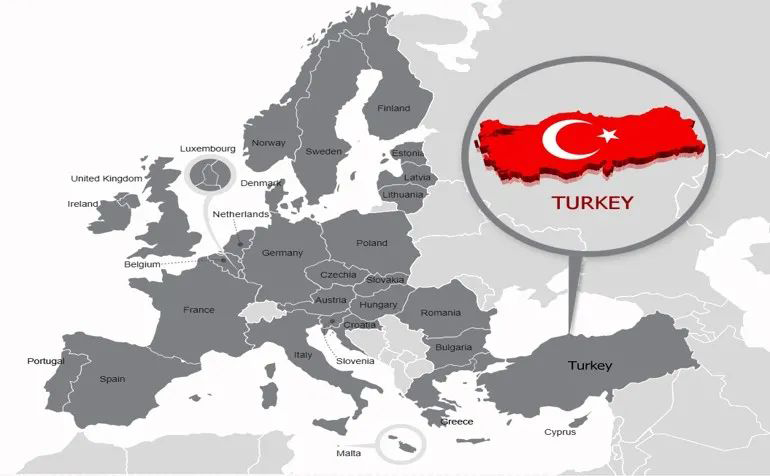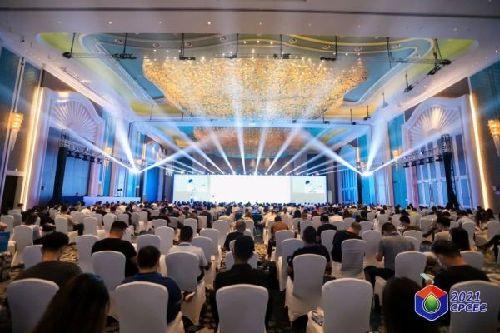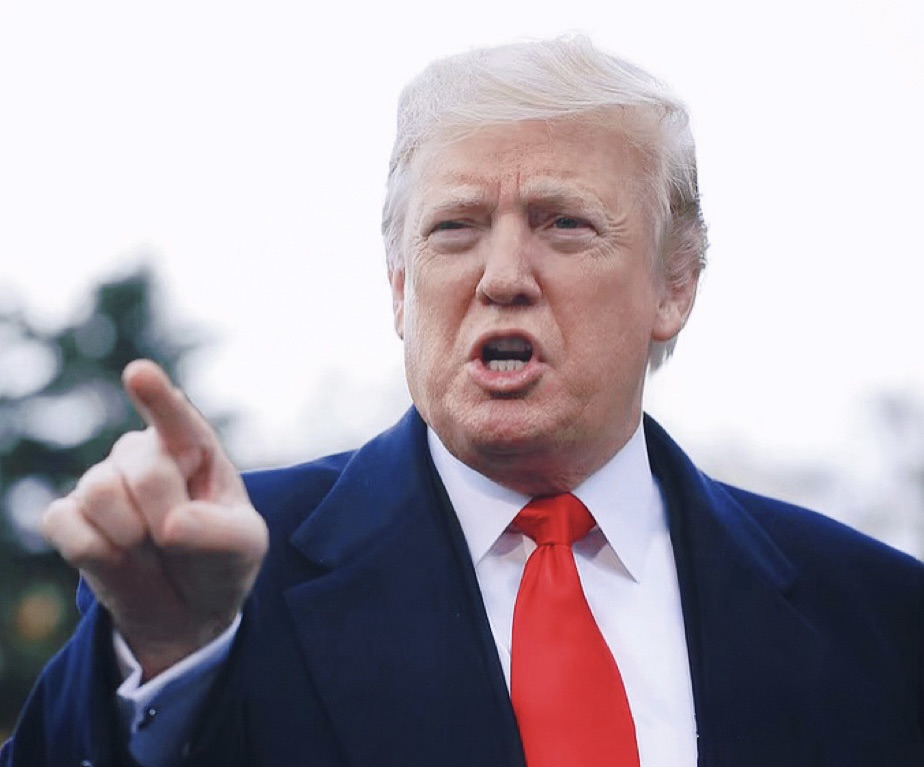
Global Trade Watch: US Launches Section 232 Probe into Robots and Medical Equipment, China's Electrification Rate Overtakes US and Europe, Multiple Countries Promote Trade Policy Openness
“The United States recently initiated a national security investigation under "Section 232" targeting industrial robots, medical equipment, and related products. Meanwhile, China's service exports have achieved an average annual growth of 7.3% over the past decade, and its electrification rate has surpassed that of the United States and Europe for the first time. Countries such as Brazil, Cuba, and Indonesia have introduced trade liberalization policies. It is recommended that enterprises closely monitor investigation developments, leverage China's electrification advantages to expand into emerging markets, seize transshipment trade opportunities created by regional agreements, and enhance supply chain resilience to navigate this period of frequent policy adjustments.”
I. US Trade Policy Tightens, Section 232 Investigation Expands to High-End Manufacturing
The US Department of Commerce recently announced the formal initiation of a national security investigation into imported industrial robots, high-end machinery, and medical equipment, based on Section 232 of the Trade Expansion Act of 1962. This investigation covers a wide range of products and is expected to create a new wave of pressure on exports of high-end equipment manufacturing and precision medical devices from China and other major exporting countries to the United States.
Industry analysis indicates that Section 232 investigations typically lead to import restrictions justified on "national security" grounds. Relevant export enterprises should closely monitor the investigation's progress, prepare compliance materials in advance, and actively respond to potential tariff or quota measures. Concurrently, the US Department of Homeland Security has expanded its forced labor import ban to critical resource sectors such as steel, lithium, and copper, continuously increasing supply chain traceability requirements.
II. China's Service Export Structure Optimizes, Electrification Rate Takes the Lead
Latest data from China's Ministry of Commerce shows that between 2014 and 2024, China's total service exports grew from $219.1 billion to $445.9 billion, with an average annual increase of 7.3%. High-value-added areas such as knowledge-intensive services and digital services became the main drivers of growth.
According to a report from the China Electricity Council, China's electrification rate is expected to reach 28.8% in 2024, surpassing that of major developed economies in the US and Europe for the first time. The increase in the electrification level not only reflects the effectiveness of the energy transition but also brings sustained competitiveness to the exports of industries such as electric vehicles, photovoltaic energy storage, and smart grids.
III. Multiple Countries Promote Trade Facilitation, Regional Agreements Open New Markets
Brazil has approved a zero-tariff policy for 15 categories of key imported goods while extending protection measures for some domestic industries, reflecting its trade approach of "balancing openness with protection."
Cuba has extended its zero-tariff policy on imports in the livelihood sector until 2026 and canceled multiple import restrictions to alleviate domestic material shortages.
Indonesia and Canada have officially signed the Indonesia-Canada Comprehensive Economic Partnership Agreement (ICA-CEPA), providing a new channel for Indonesian products to enter the North American market and creating entrepot trade opportunities for Chinese enterprises investing in Indonesia.
IV. Other Key International Developments
The US enforcement of its 15% tariff increase on EU carshas officially taken effect, putting EU-US trade relations to the test again.
Vietnam has issued detailed implementing rules for its Product Quality Law, strengthening quality control of imported goods.
Japan has revised part of its Consumer Product Safety Act Enforcement Order, further standardizing the safety standards for imported consumer goods.
BYD plans to build a battery production base in Europe, advancing its localized supply chain layout.
Argentina's foreign exchange market is experiencing a surge in US dollar inflows, prompting calls for the government to rebuild its foreign exchange reserve buffer system.
HSBC and IBM have achieved a global breakthrough in using quantum computing to optimize bond transactions, accelerating the integration of fintech.
V. New Signals from Domestic Policies and Markets
The Digital Yuan International Operation Center has launched in Shanghai, introducing three major platforms: cross-border payments, blockchain services, and digital assets.
The daily net trading limit for the Northbound "Swap Connect" has been raised to 45 billion yuan, deepening two-way financial market opening.
The Ministry of Commerce has announced the initiation of a trade barrier investigation into Mexican measures involving restrictions against China and launched an anti-dumping investigation into pecans originating from the United States and Mexico.
Data from the National Radio and Television Administration shows that during the "14th Five-Year Plan" period, the export scale of Chinese audiovisual programs and services increased by over 40%, with annual overseas revenue exceeding $63 billion.
Foreign Trade Tips and Strategic Recommendations
1. Enterprises exporting robots, medical equipment, and machinery to the US need to conduct supply chain compliance assessments as soon as possible and closely monitor subsequent developments regarding the Section 232 investigation.
2. Leverage China's advantages in electrification technology to increase exports of smart grid and new energy equipment to Belt and Road Initiative countries and emerging markets.
3. Pay attention to the entrepot trade opportunities arising from the Indonesia-Canada Agreement and adjust industrial layouts in Southeast Asia accordingly.
4. Actively participate in domestic consumption promotion activities, such as the "National Day Culture and Tourism Consumption Month," to boost export orders by capitalizing on the consumption recovery.
Global trade policies are currently in a period of high-frequency adjustment. It is recommended that enterprises establish dynamic monitoring mechanisms, enhance supply chain resilience, and seize structural opportunities amidst the fluctuations.










![[Regional Tensions Escalate Dramatically] Thai-Cambodian Diplomatic Relations Plunge! Reciprocal Sanctions Intensify](/upload/images/2025/7/a6a8b9d93bfbe77b.jpg)


